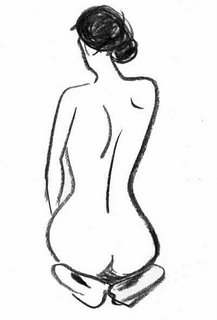
Over the last few years, I have noticed that every character I read, or see in the movies or on television, sounds like another movie or television show. Real people don’t talk like movie people. Listen to how people speak. They didn’t all grow up in your neighborhood, nor do they all have your educational background.
Because I’ve worked in both animation and comic books, I know a lot of illustrators. One of the things that I learned is that the good ones always do life-drawings. They learn to draw the human figure from looking at a human figure. Sounds obvious, huh? Well it’s not. Many comic book artists learn from copying other artists. These people are never as good of draftsmen as their life-drawing counterparts. They will often hear the advice, “Draw from life.” This is good advice for us all.
When you write dialogue, or anything else, think of yourself as a puppeteer. You are hiding under the table; you don’t want anyone to be thinking of you. You want their attention on the puppet. Once they are thinking of you, you’ve lost them.
This does not mean you can’t have a character say witty, funny, smart, profound things, but it had better be the character talking, not you.
As a storyteller, your job is to get out of the way of the story. This isn’t about you. It may be about what you have to say, but it isn’t about you. Let go of your ego.
No comments:
Post a Comment